In America, the safety of public transportation varies across the states, revealing substantial differences in accident and fatality rates.
From busy city subways to extensive bus networks, the contributing factors depend on the region, influenced by infrastructure, traffic volume, and regulatory oversight. Each state faces different challenges in managing its transportation systems.
Let’s examine the states with the most challenging safety records in public transit based on accident and fatality data.
New York

New York sees a high volume of public transport usage, which correlates with a higher number of reported incidents and accidents. The dense population and heavy reliance on subways and buses contribute to these statistics. Safety measures are continually being enhanced, but the sheer number of users presents ongoing challenges.
California
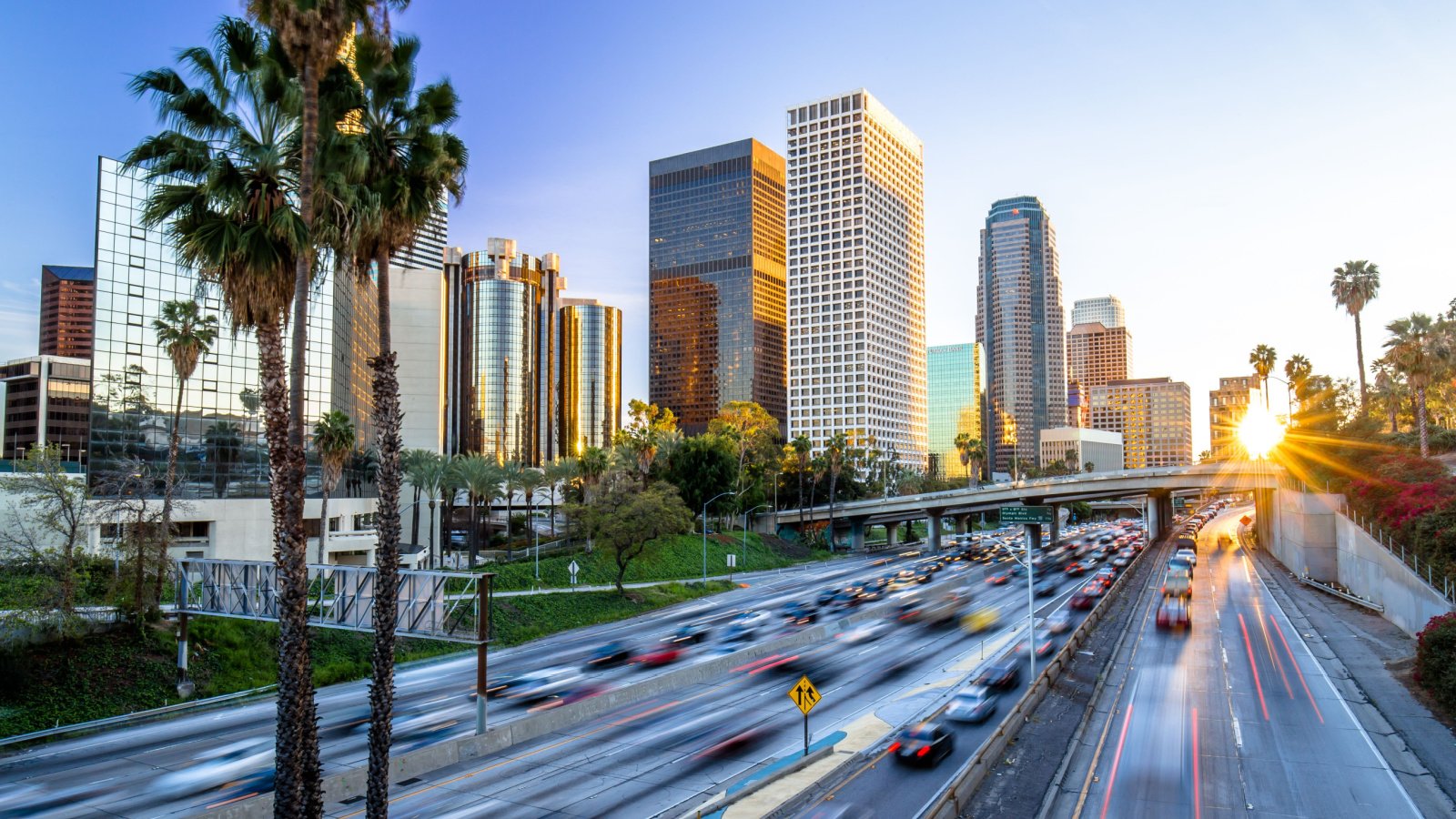
California’s extensive public transportation network, especially in cities like San Francisco and Los Angeles, experiences significant wear and tear. This state reports a large number of bus and light rail accidents annually. Efforts to improve safety protocols and update infrastructure are constant to protect its millions of daily commuters.
Illinois
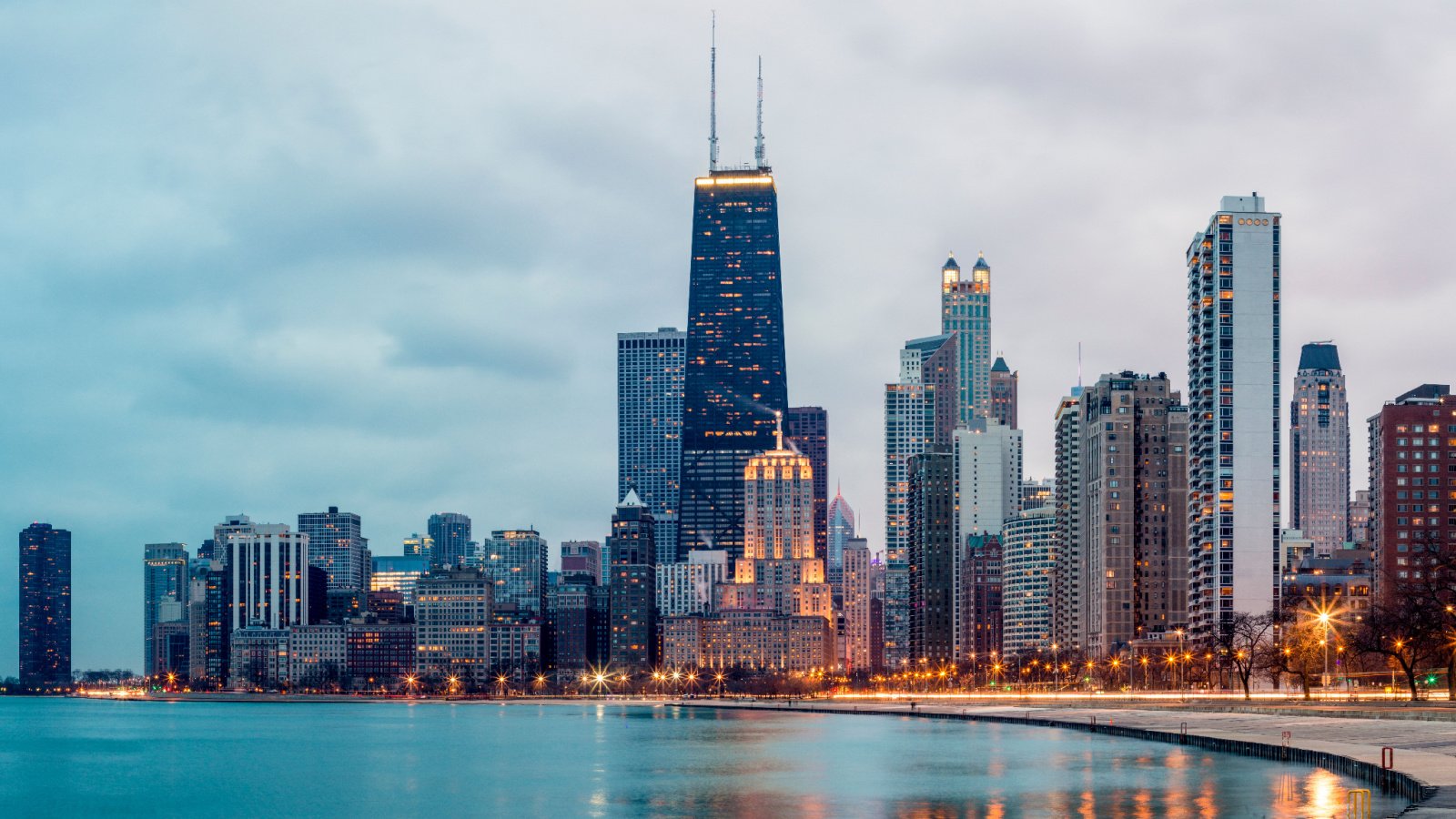
Chicago records a high rate of incidents due to its large network of buses and the L train system. The winter weather often exacerbates conditions, leading to increased risks of accidents. Continuous upgrades and maintenance are essential to ensure passenger safety.
Pennsylvania
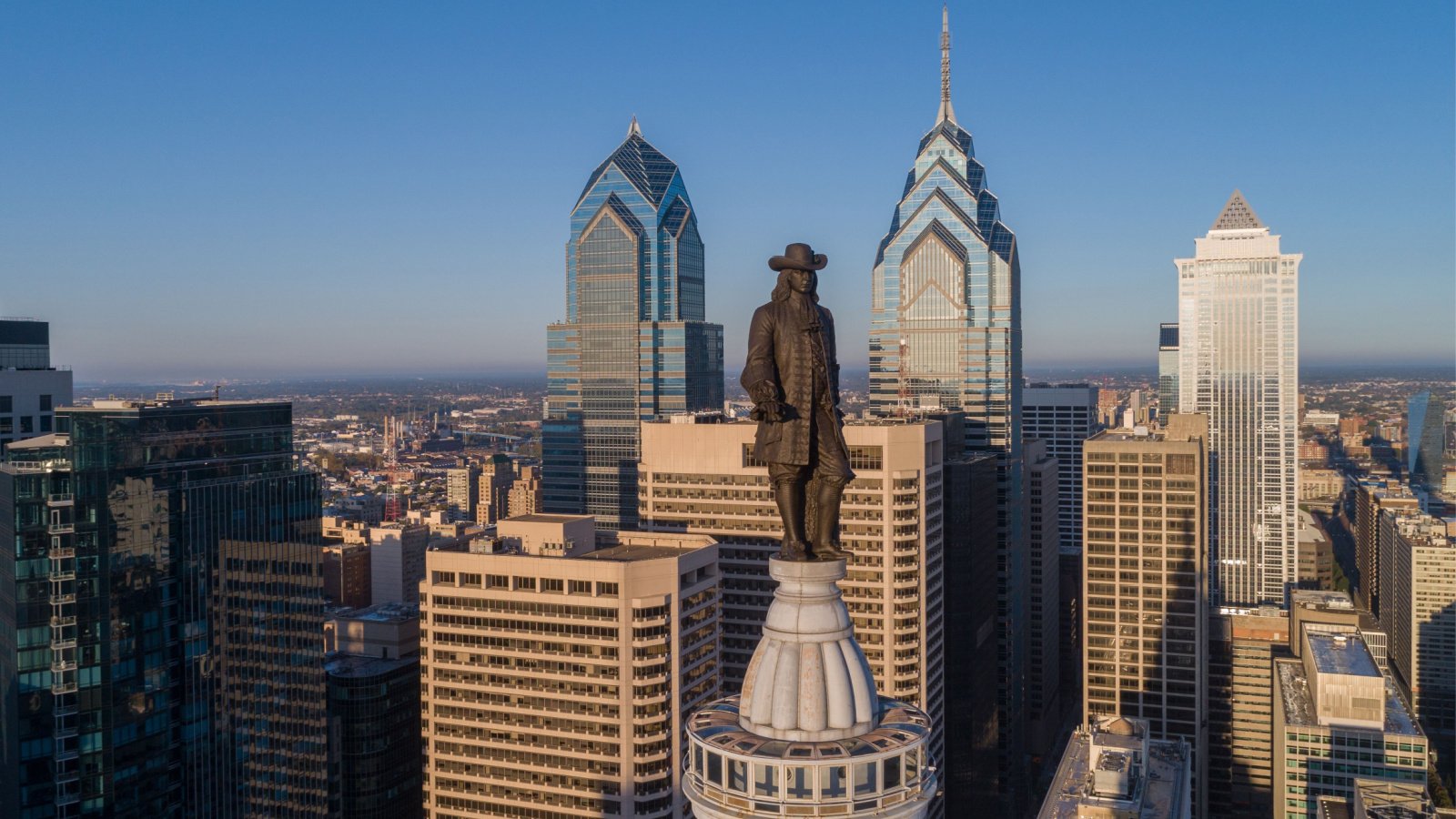
Philadelphia’s aging infrastructure contributes to its ranking among the more hazardous states for public transport. Breakdowns and accidents are relatively frequent, particularly in the city’s extensive subway and bus systems.
Massachusetts
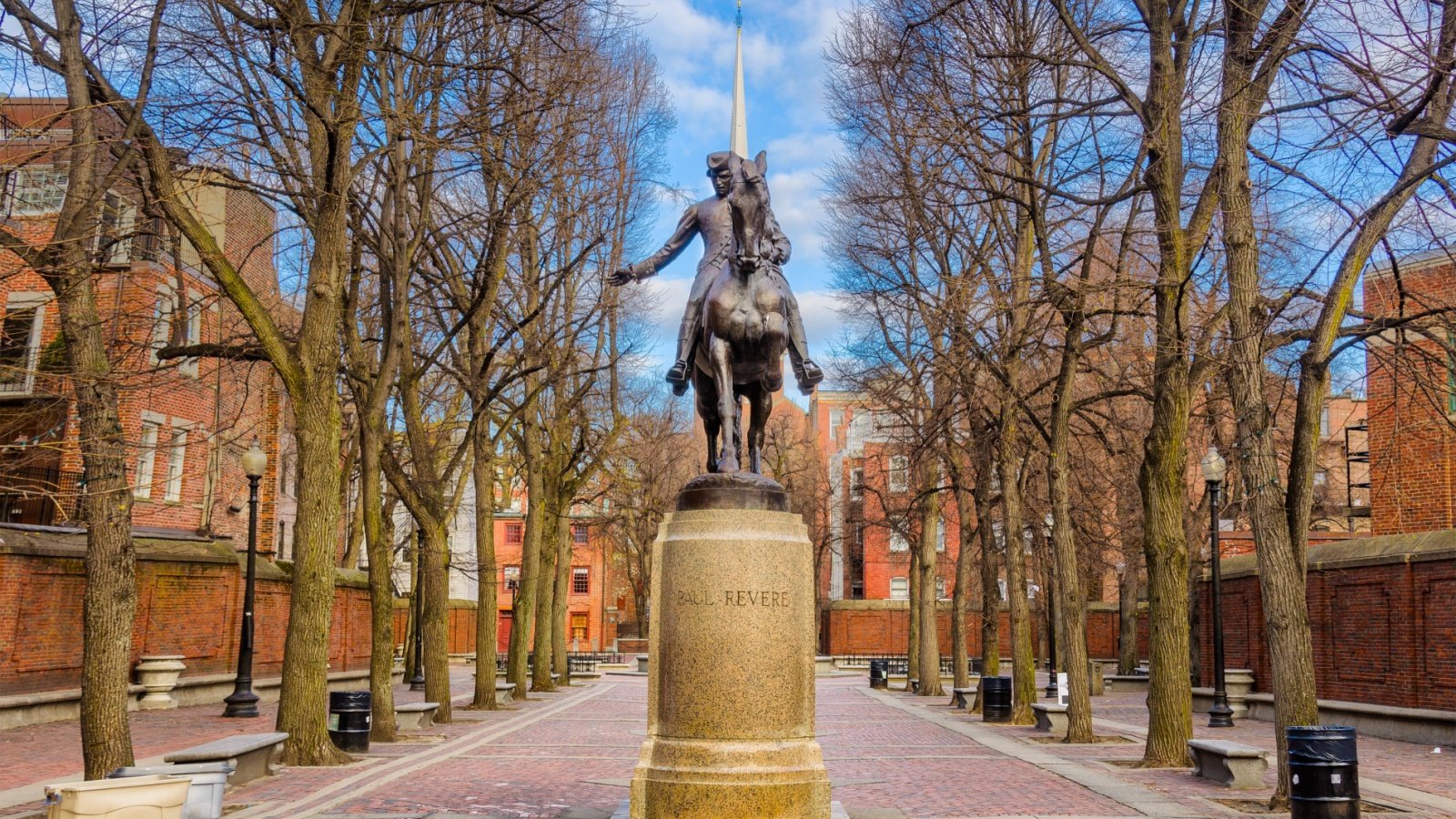
Boston’s public transit faces challenges like signal problems and train malfunctions, which have led to notable accidents. These issues are exacerbated by the old infrastructure and high usage rates. Ongoing federal reviews and funding aim to address these critical safety concerns.
Texas
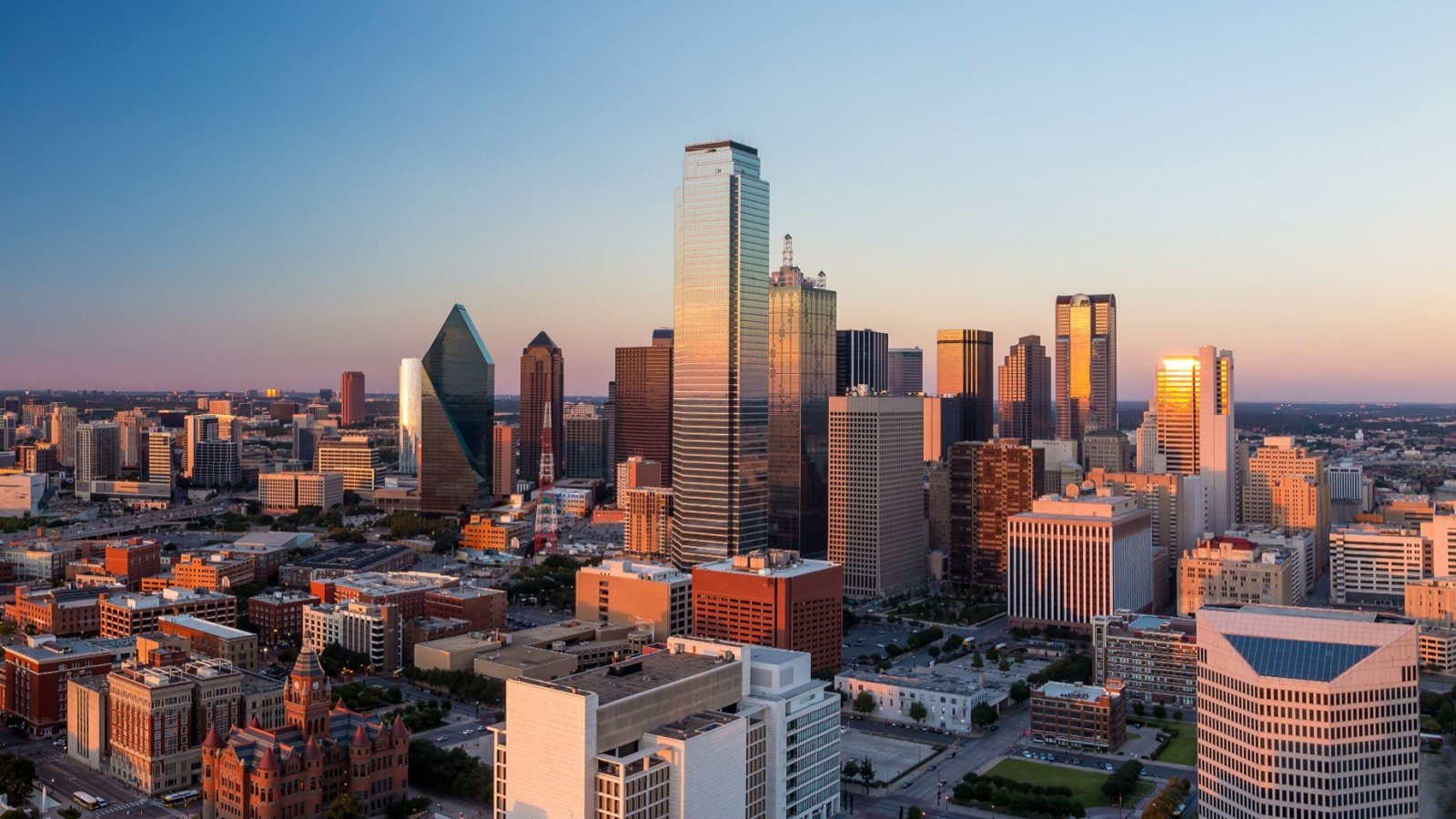
Houston and Dallas’ expanded public transportation systems have seen an increase in accident rates as they grow. The sprawling urban areas necessitate widespread service that can be hard to maintain.
Florida
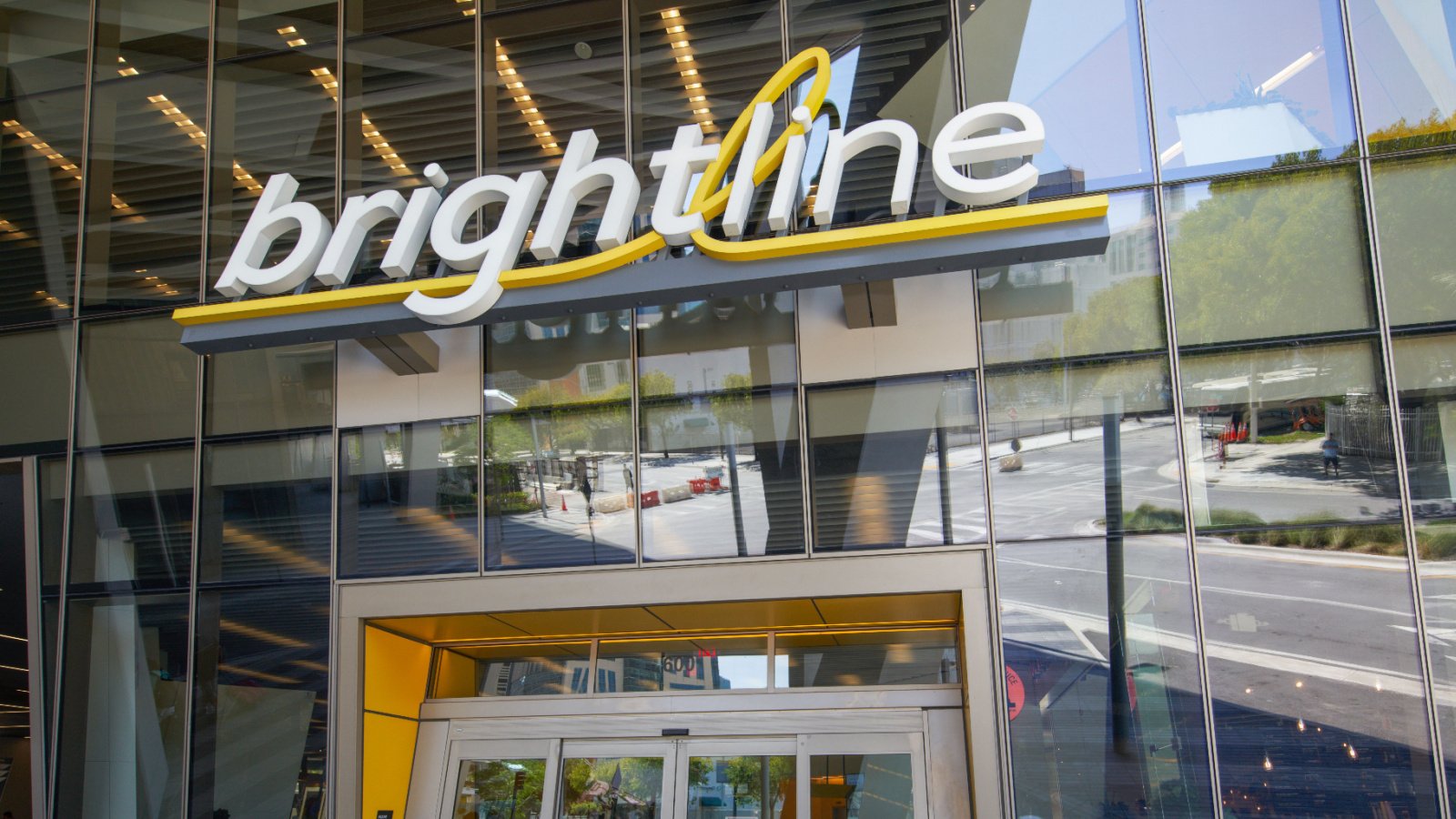
Miami faces safety challenges due to high traffic congestion and frequent severe weather conditions. Accidents involving public buses and the newer commuter rail services are among the concerns.
New Jersey
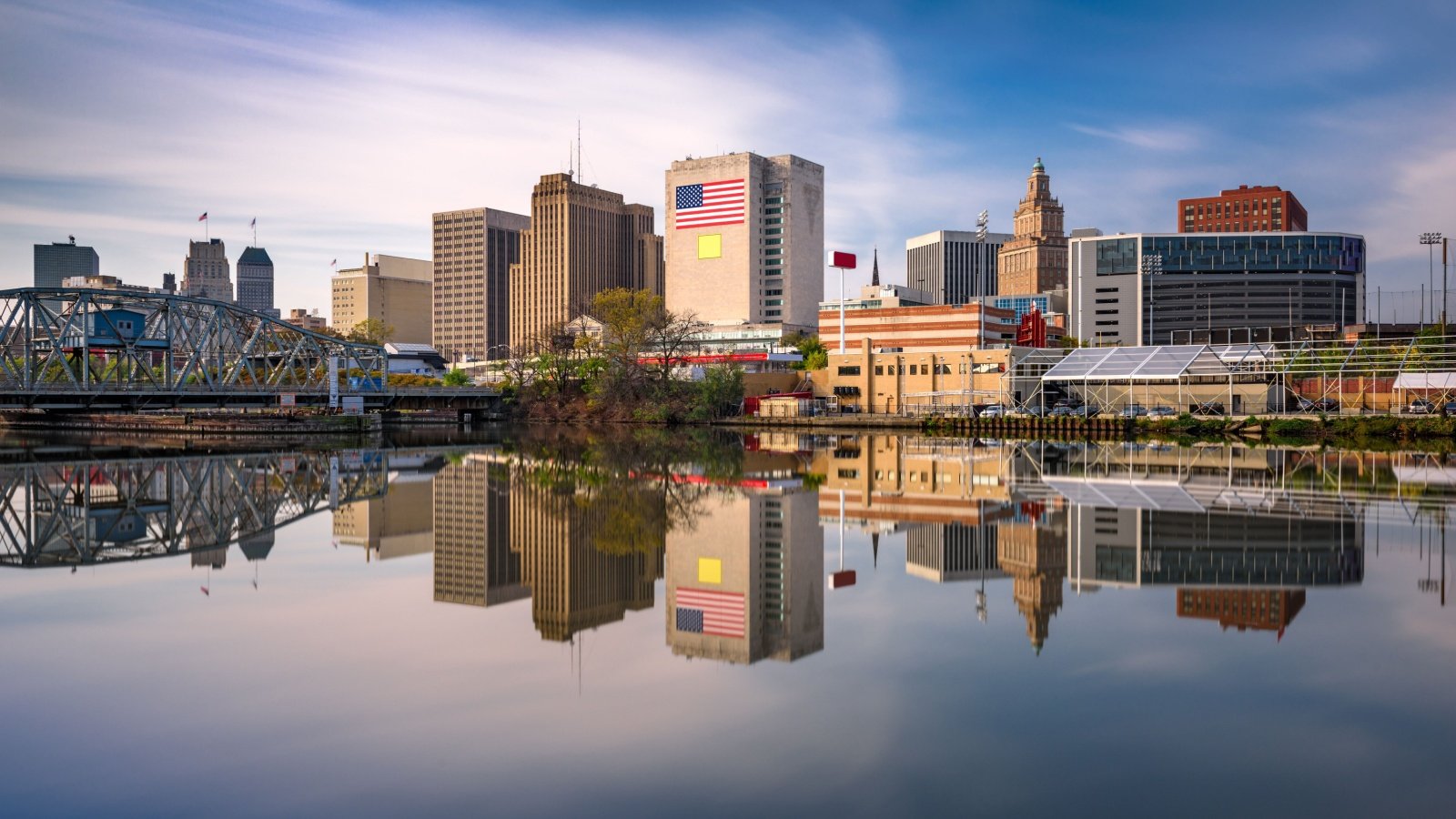
New Jersey Transit has faced scrutiny over safety issues, with a notable number of derailments and accidents in recent years. The state’s proximity to New York City increases the volume of commuters relying on its services, which strains the system. Ongoing federal and state investments are being made to overhaul its transit infrastructure.
Maryland
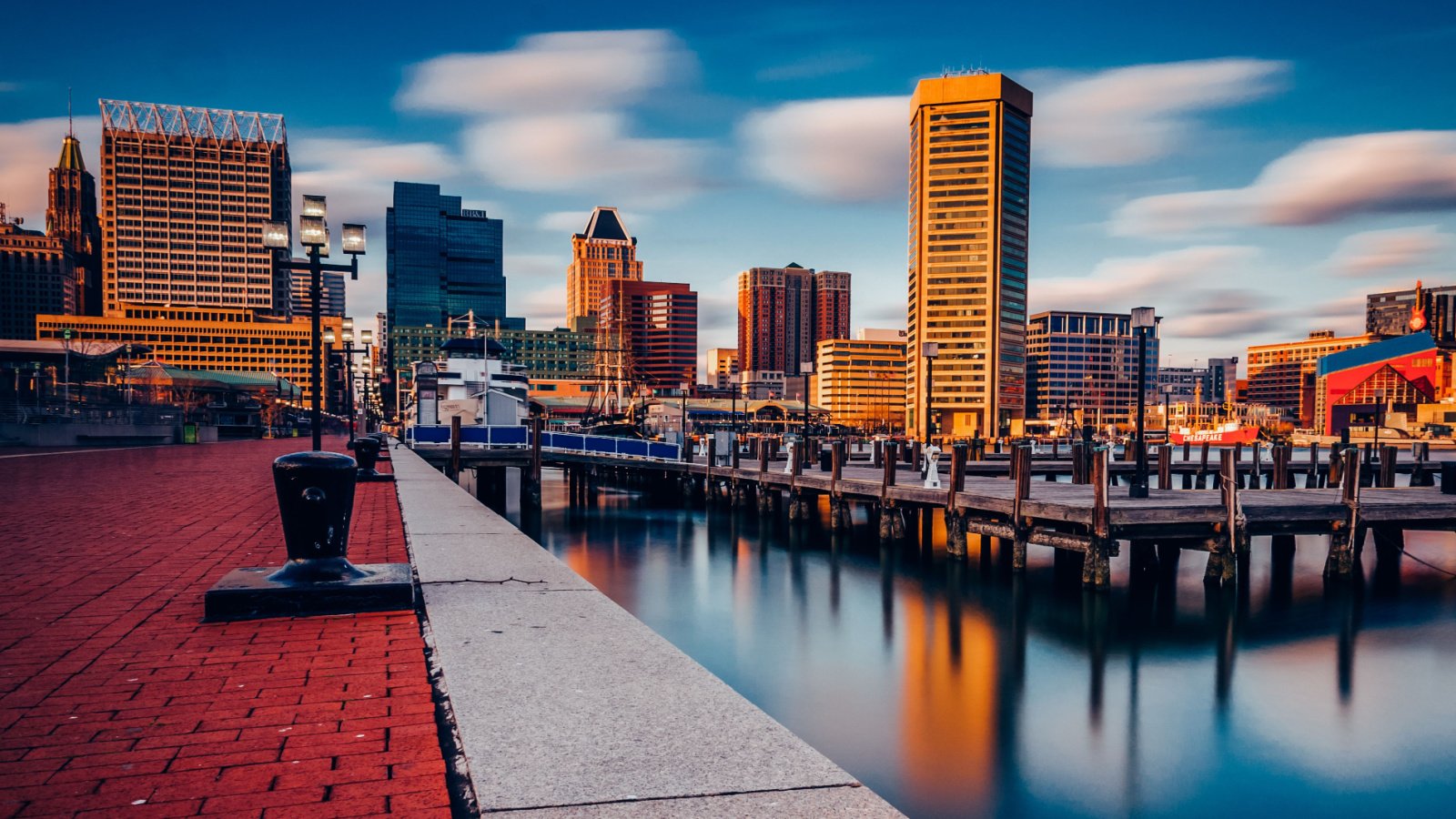
Baltimore’s public transit system is known for its reliability issues and safety concerns, including breakdowns and occasional violent incidents on platforms and buses. The state is working on integrating more security measures and updating equipment to improve safety.
Georgia
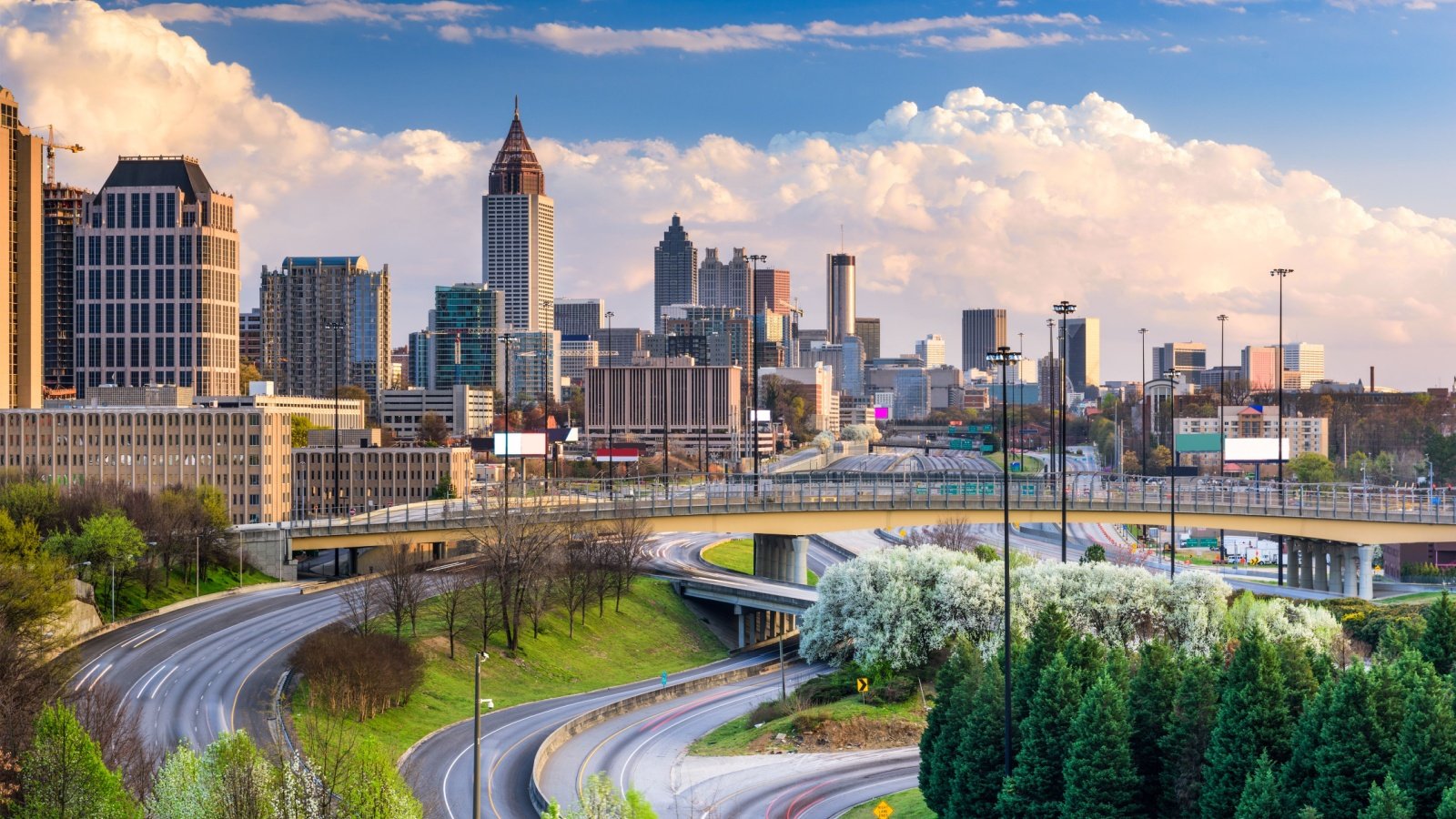
Atlanta deals with issues related to crime and occasional accidents involving buses and trains. The spread-out nature of Atlanta and its suburbs means that many areas rely heavily on these services, putting a strain on resources.
Washington
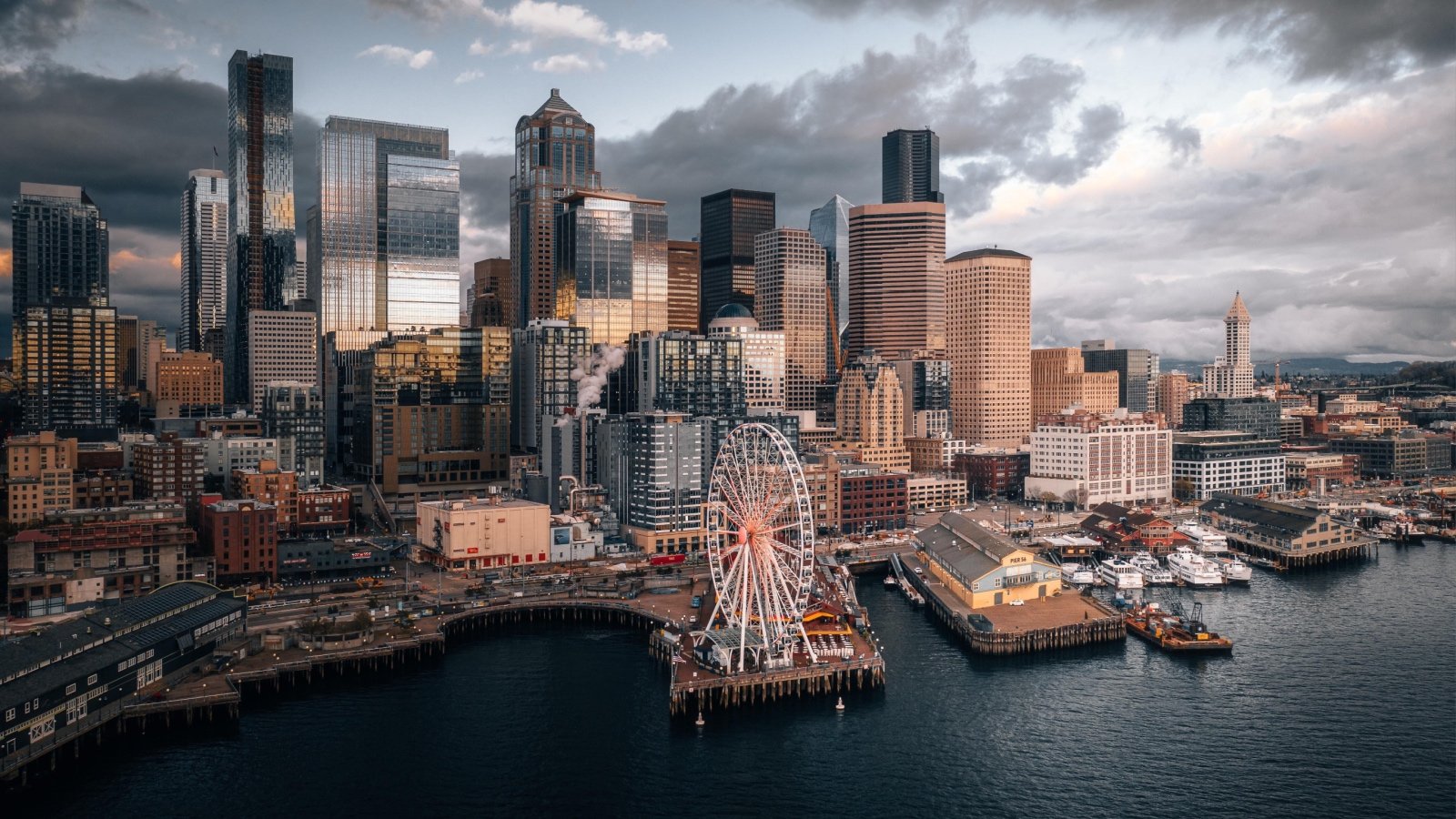
Seattle’s public transport system, including buses and the light rail, faces challenges from the city’s hilly geography and frequent rainy weather, which can increase accident risks. Efforts to improve drainage systems and non-slip surfaces are ongoing.
Ohio
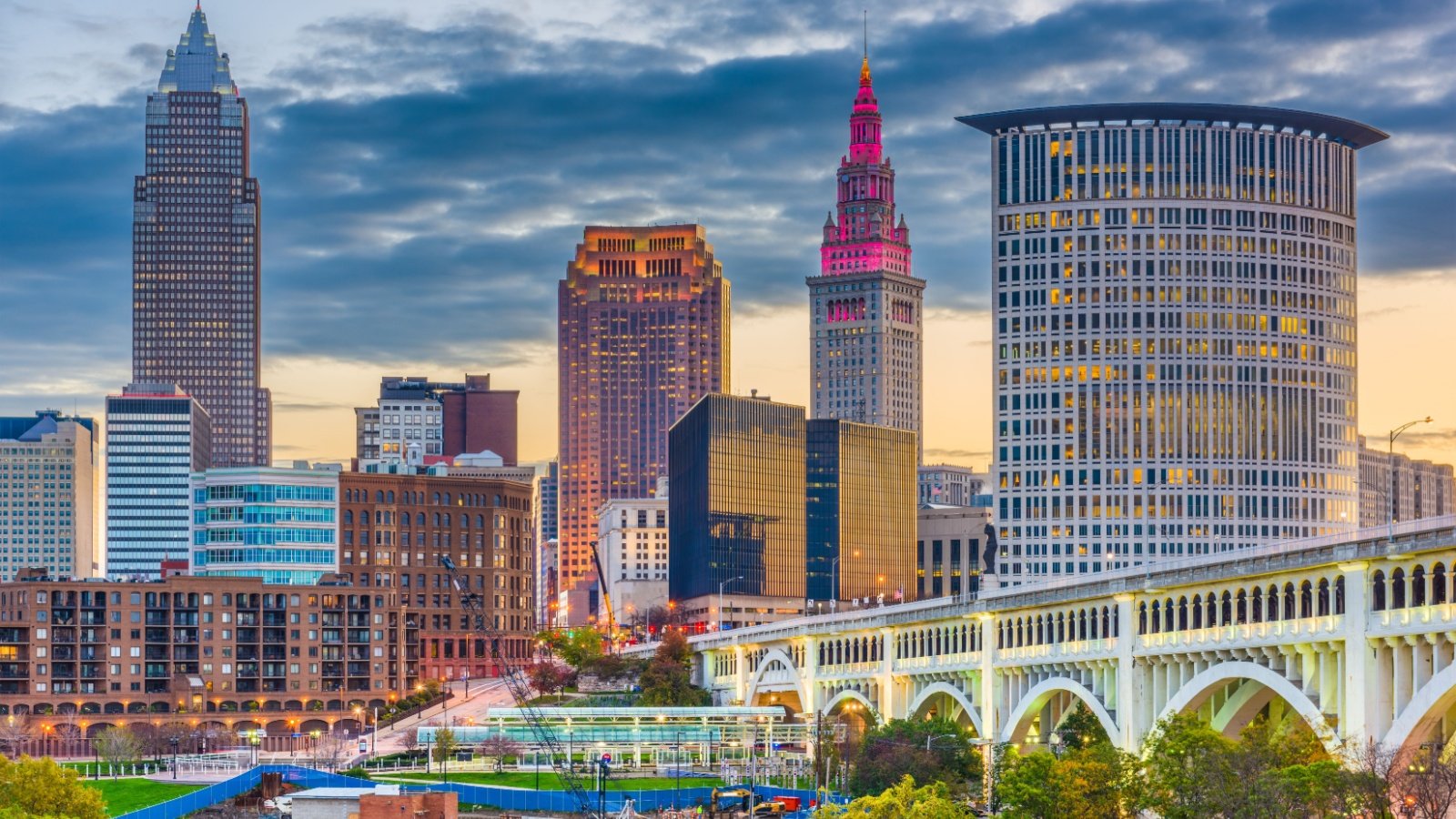
Cleveland and Cincinnati have public transportation systems that experience a range of safety issues, from minor accidents to more severe collisions involving buses. The state is implementing newer technology to improve vehicle safety and reduce the risk of accidents.
Nevada

Las Vegas’s transit system faces unique challenges due to the high volume of tourists unfamiliar with the routes and local traffic laws, leading to higher risks of accidents. Increased signage and clearer communication about transit rules are being deployed to help mitigate these risks.
Michigan
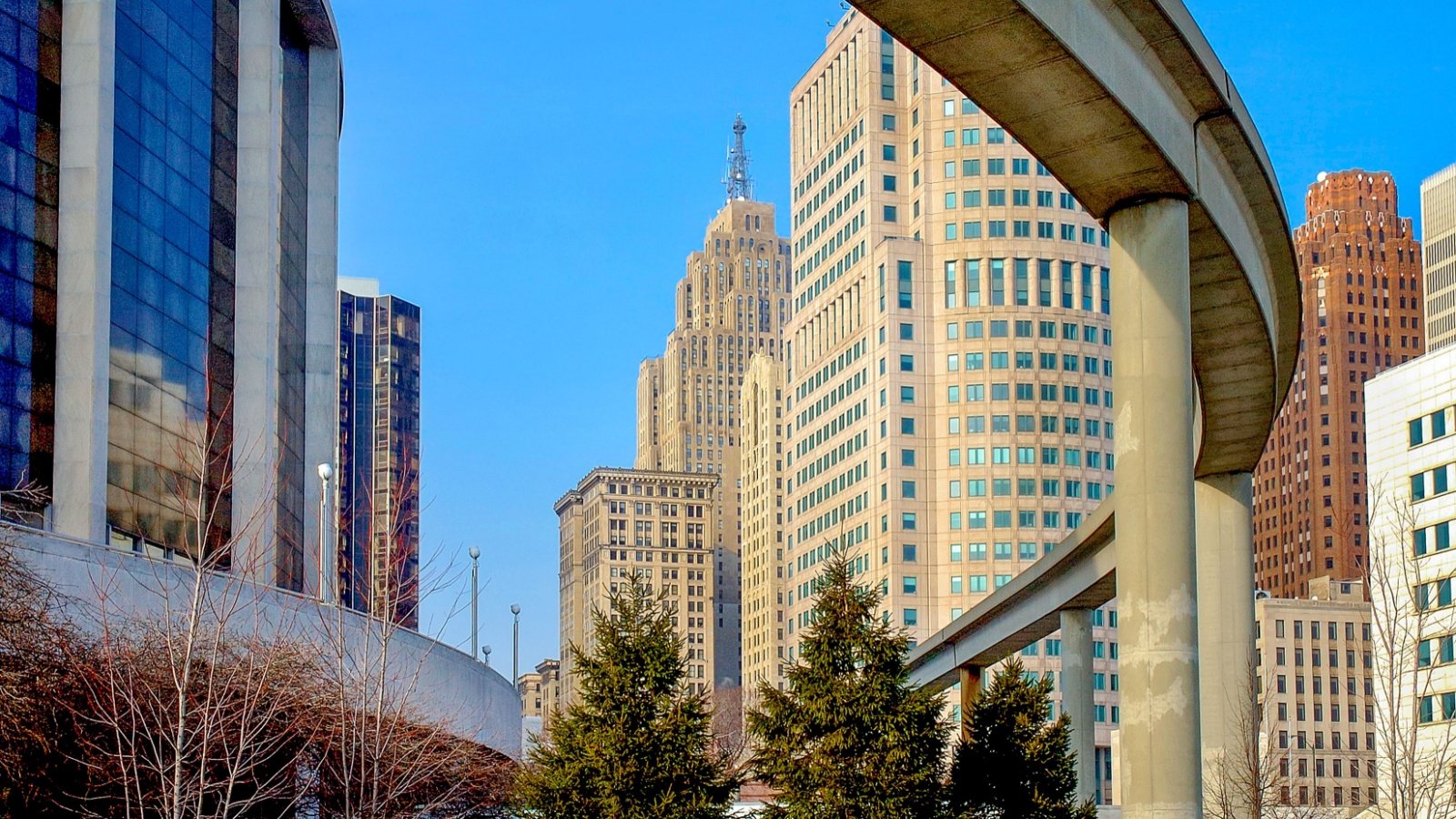
Detroit’s reliance on an aging bus system and a relatively new tram line has led to safety concerns. The city is actively seeking federal grants to upgrade its fleet and improve the roads used by public transport.
Arizona
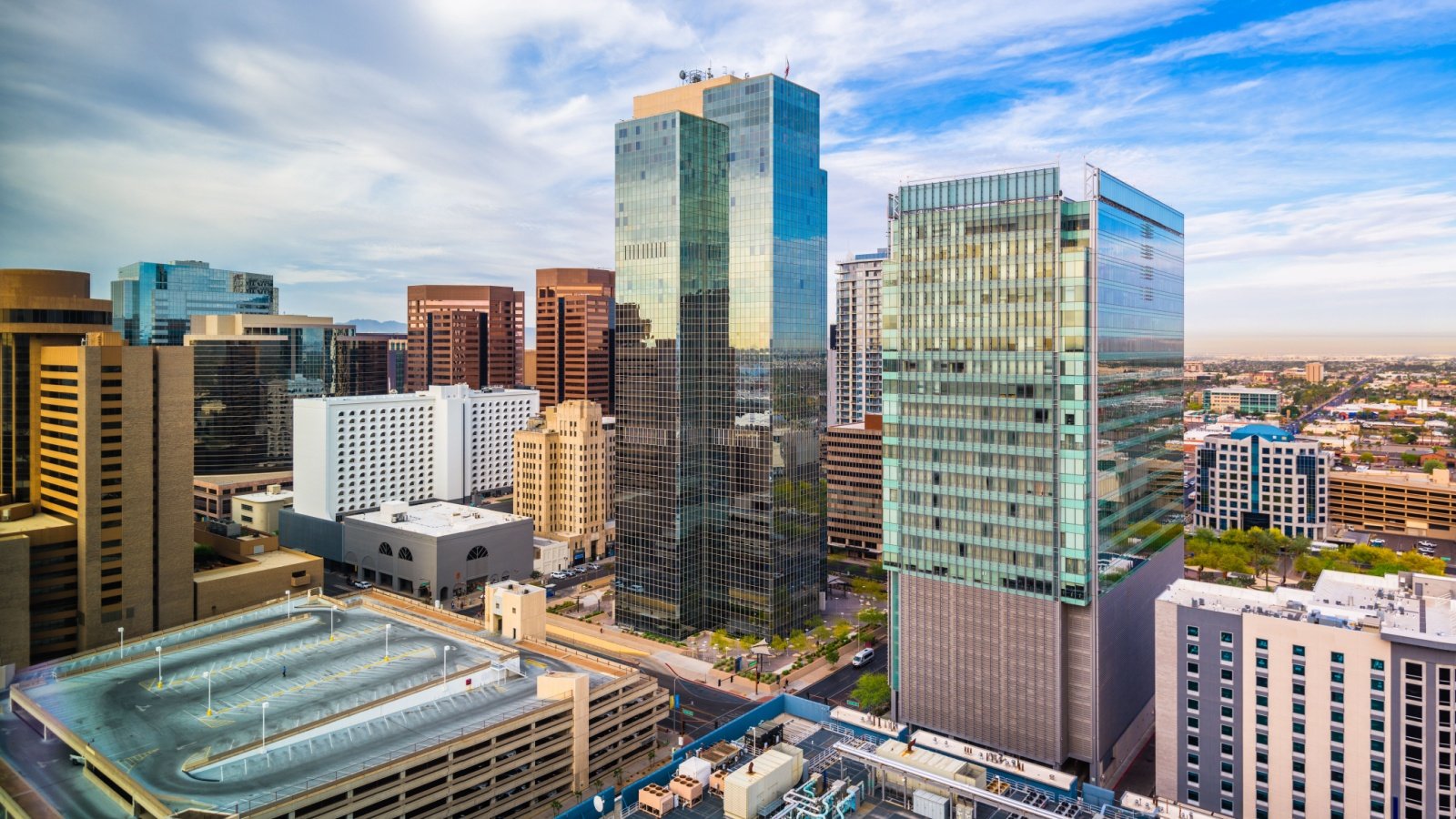
Phoenix, with its wide urban spread, requires a vast network of buses that often travel on busy streets, leading to a higher probability of accidents. The city is exploring ways to separate bus lanes from regular traffic and increase the visibility of buses to other drivers.
Oregon

Portland’s buses, light rail, and trams navigate both busy city streets and more remote areas. The city is known for its proactive approach to public transit safety, focusing on sustainable practices and thorough training for all operators.
Missouri
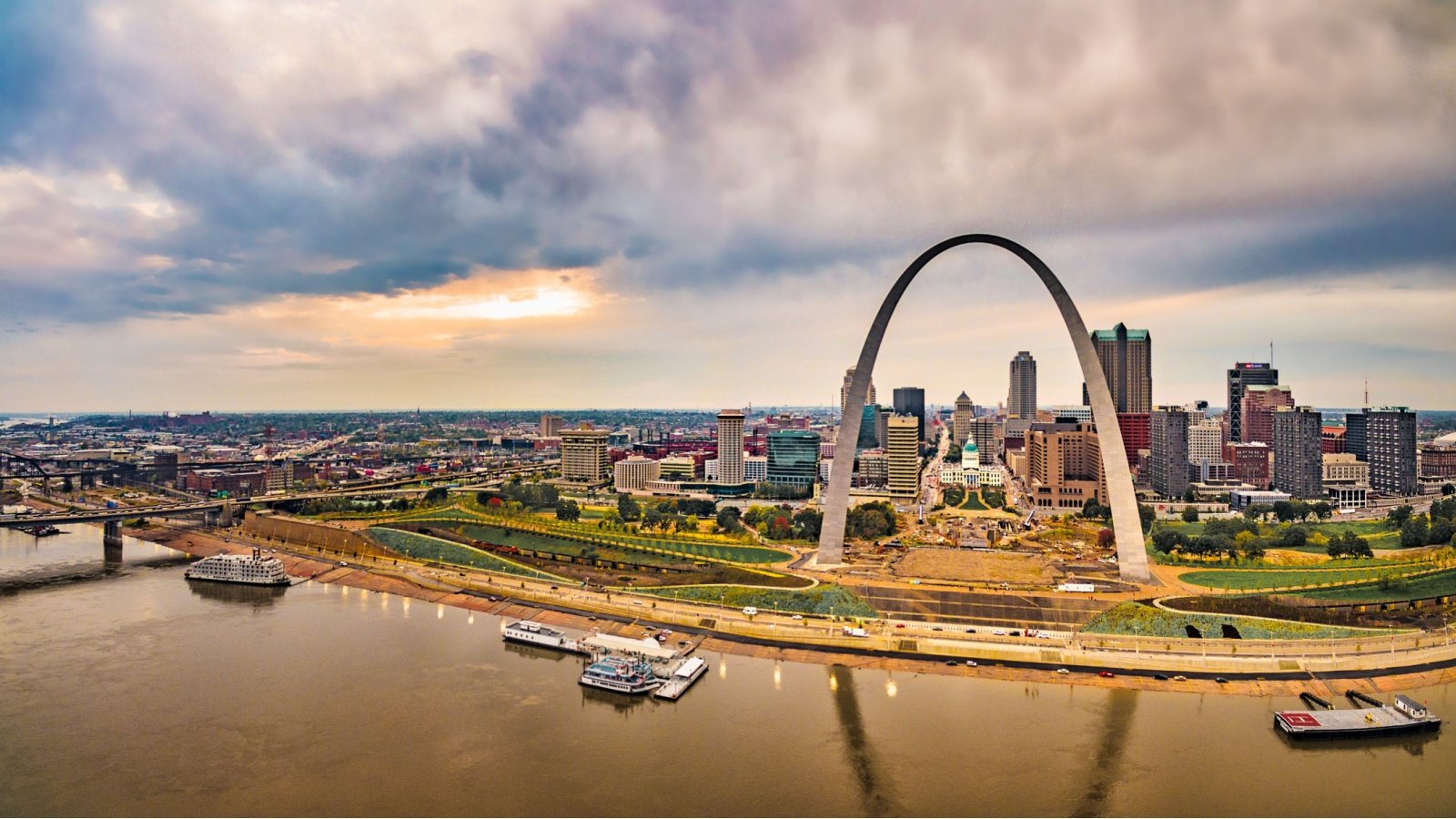
St. Louis has experienced a range of public transport-related incidents, primarily involving its bus system. To address these issues, the city has been retrofitting older buses with modern safety equipment and expanding training programs for drivers.
North Carolina
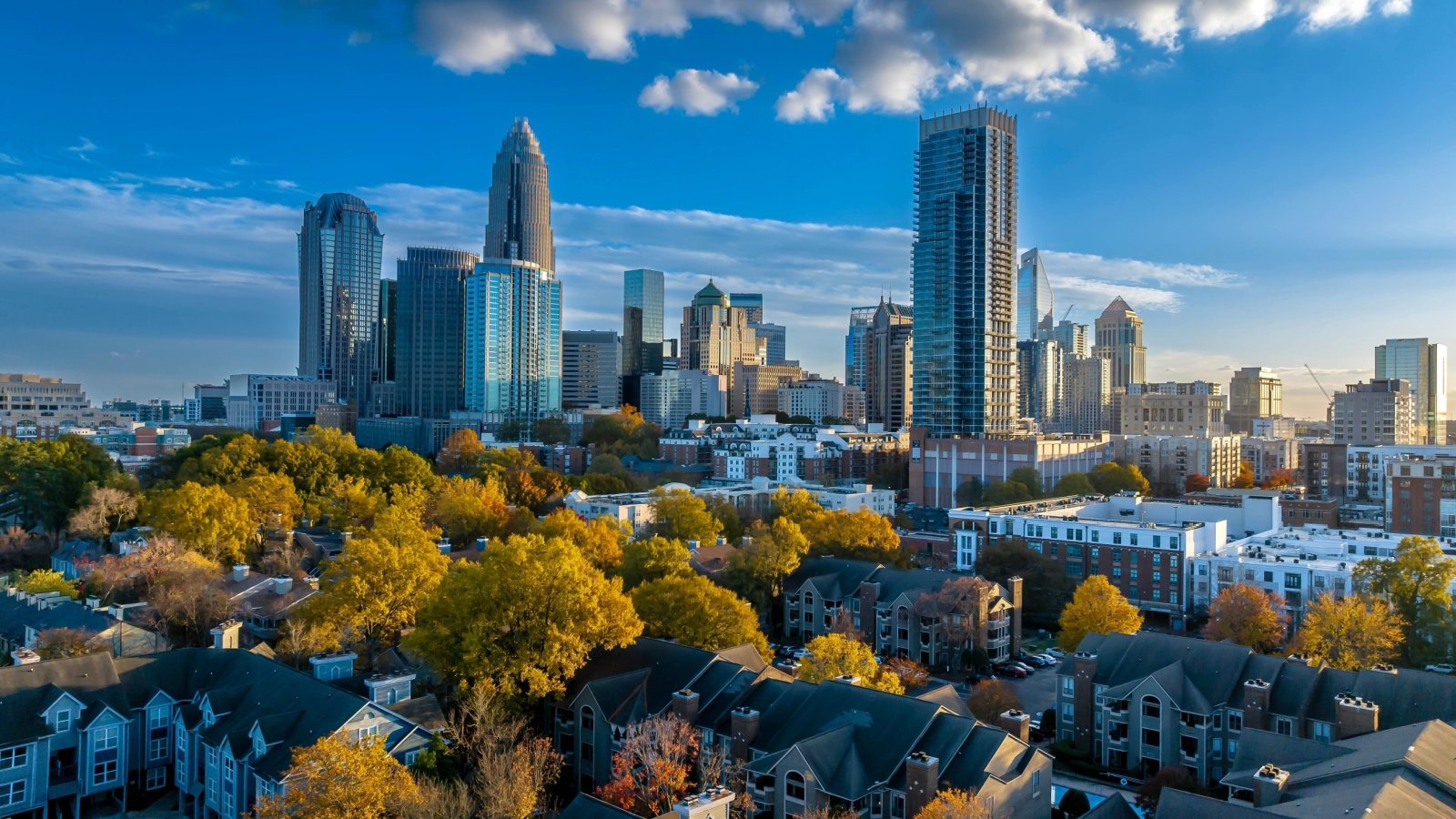
Charlotte’s growing public transit system struggles with maintaining safety as it expands to meet rising demand. The introduction of a new light rail system has come with challenges, particularly in integrating it safely into existing traffic patterns.
Colorado
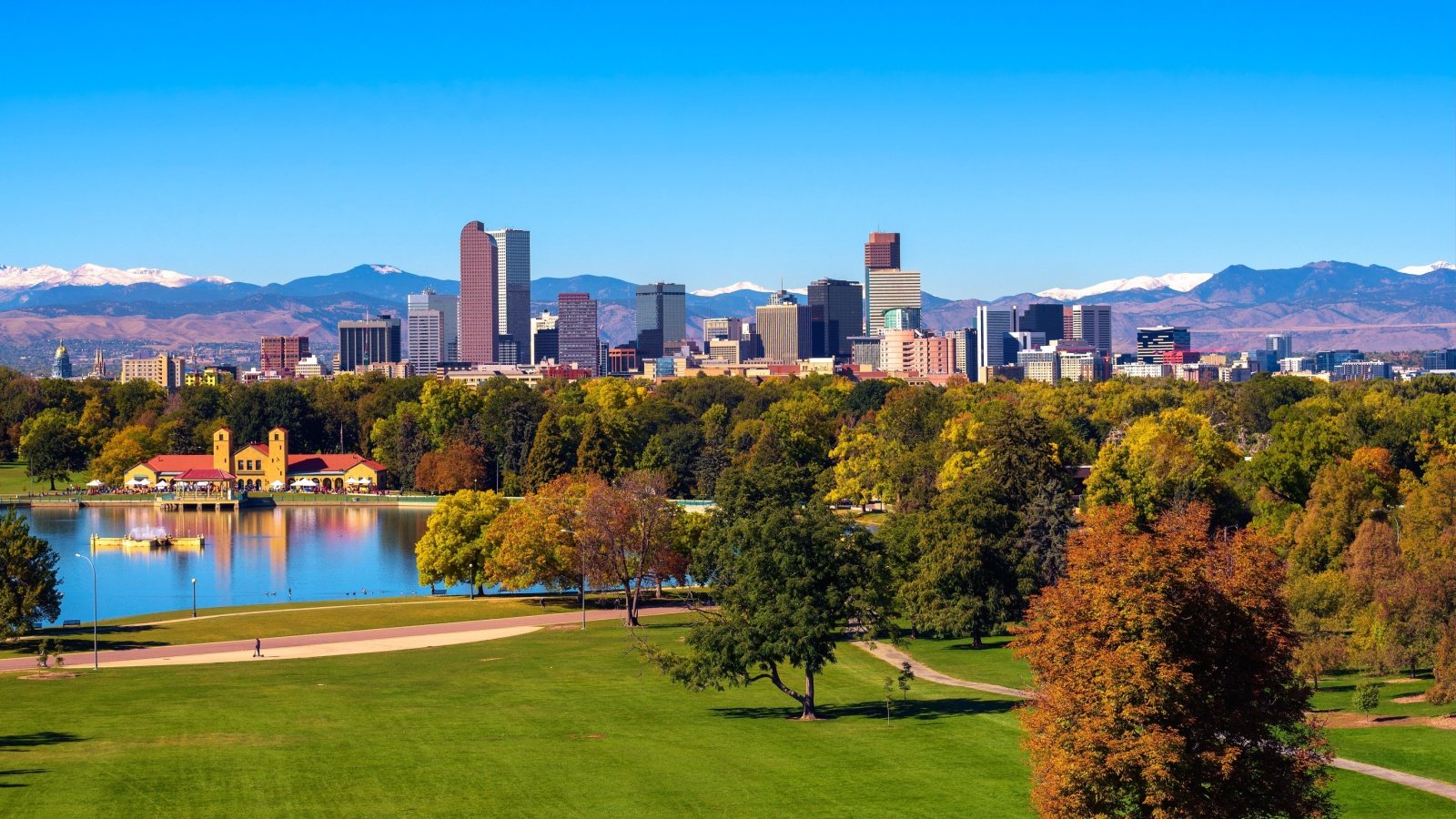
Denver’s public transportation is generally well-regarded, but the rapid expansion of the city’s light rail system has led to growing pains, including several accidents at crossings. Enhanced crossing gates and better public awareness about rail safety are measures being implemented.
Tennessee

Nashville’s public transport system is undergoing expansions and facing the typical growing pains of integrating new routes and services with old infrastructure. Accidents, particularly involving new bus routes, have prompted the city to take additional safety measures.
Kentucky
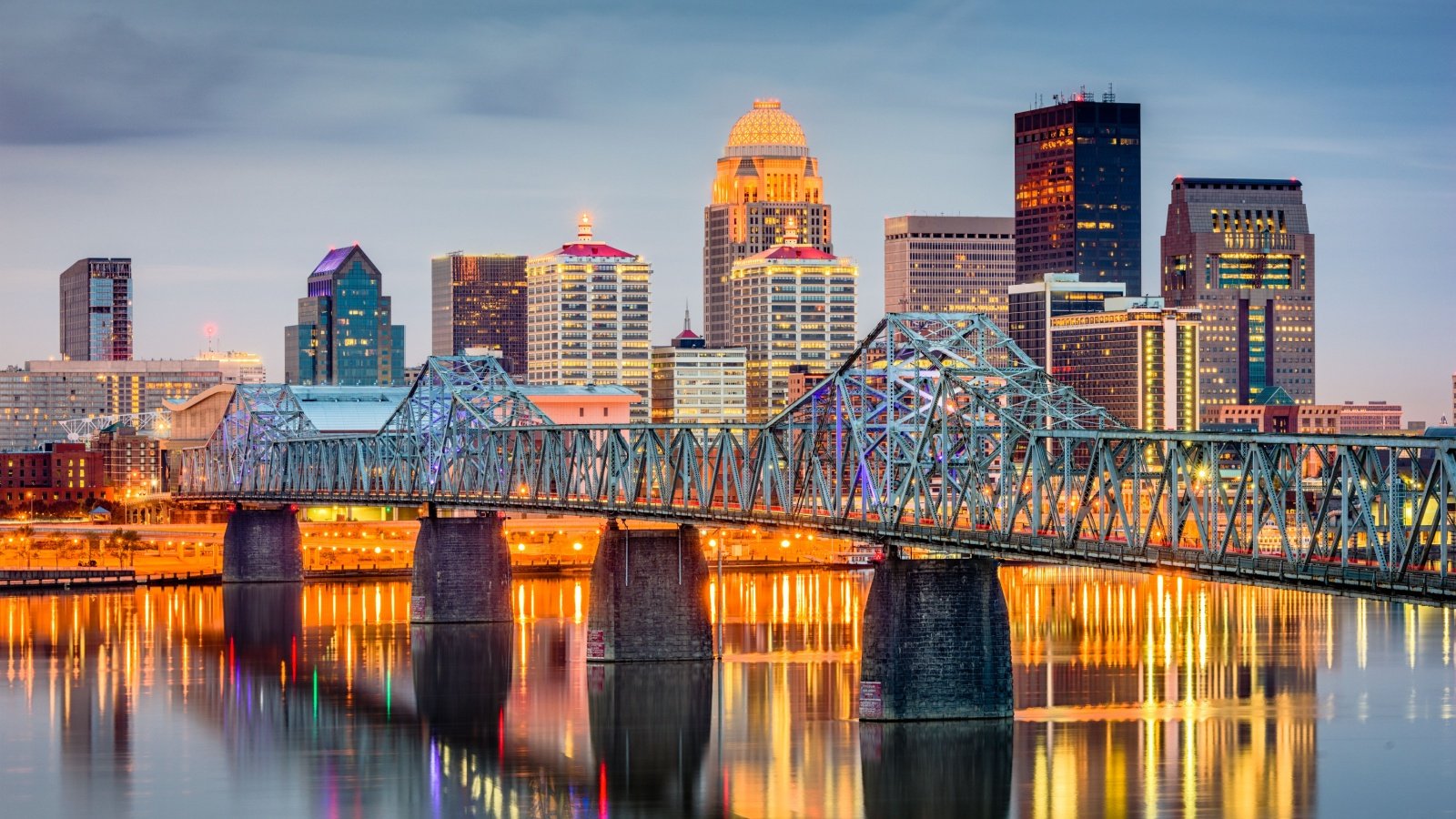
Louisville’s public transit system, while smaller, faces challenges with aging buses and trolleys that are prone to breakdowns, posing safety risks. The city is focused on replacing old vehicles with new ones equipped with advanced safety features.
Wisconsin
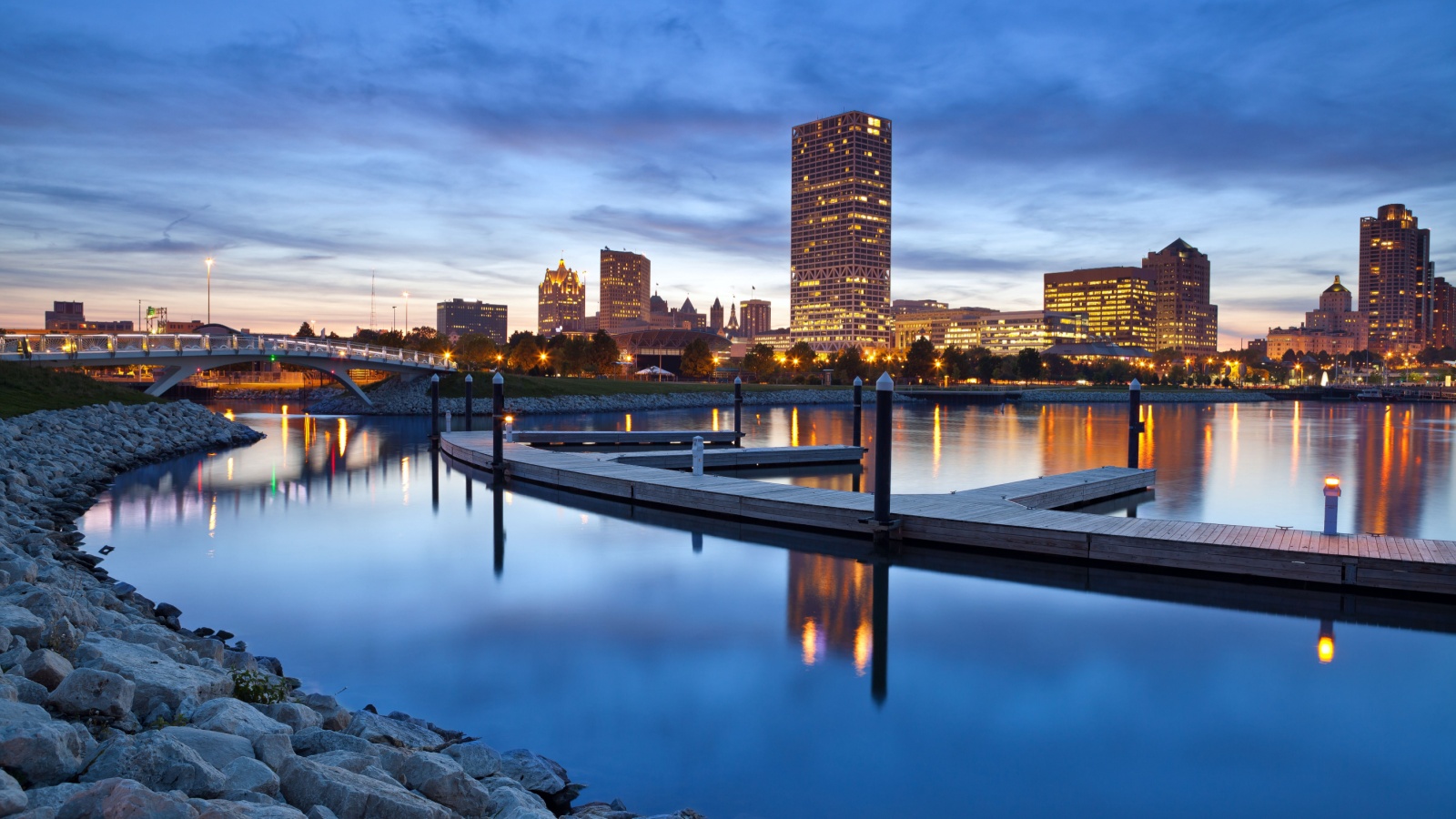
Winter weather in the state significantly increases the risk of accidents, prompting cities like Milwaukee to implement more rigorous vehicle and driver checks during the colder months. Efforts to keep bus routes clear of ice and snow are critical for maintaining safety.








